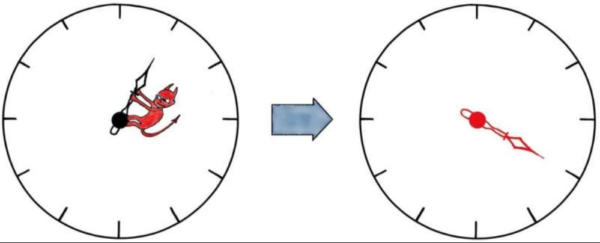By deriving a formula that predicts the effects of environmental noise, researchers Ludovico Lami (QuSoft, University of Amsterdam) and Mark M. Wilde (Cornell) have made significant advances in quantum computing. This is essential for devising and constructing quantum devices that can function in our imperfect universe.
Quantum computing employs quantum mechanics principles to accomplish calculations. In contrast to classical computers, which use bits that can be either 0 or 1, quantum computers employ quantum bits, or qubits, which can be concurrently 0 and 1.
This enables quantum computers to conduct certain types of computations significantly more quickly than classical computers. A quantum computer, for instance, can factor extremely enormous numbers in a fraction of the time required by a classical computer.

One could uncritically attribute this advantage to a quantum computer’s ability to execute multiple calculations simultaneously, but the reality is more complex. The quantum computer’s wave function, which represents its physical state, has multiple branches, each with its own phase. A phase can be compared to the position of a clock’s hand, which can point in any direction on the face of the clock.
At the conclusion of its computation, the quantum computer combines the results of all simultaneous computations performed on distinct branches of the wave function into a single solution. Lami explains, “The phases associated with the various branches play a crucial role in determining the outcome of this recombination process, much like the cadence of a ballerina’s steps plays a crucial role in determining the success of a ballet performance.”
Light can travel along various paths within an optical fiber. The inability to determine the precise path of a light ray results in effective dephasing noise.
Disruptive environmental noise
A significant obstacle to quantum computing is environmental pollution. This type of noise is comparable to a small demon that modifies the phase of various branches of the wave function in an unpredictable manner. Dephasing is the process of interfering with the phase of a quantum system, which can be detrimental to the success of a quantum computer.
Dephasing can occur in optical fibers, which are used to transmit information in the form of light, and other everyday devices. Since each path is associated with a particular phase, not knowing the path chosen is equivalent to dephasing noise.
In a recent publication in Nature Photonics, Lami and Wilde investigate the impact of noise on the transmission of quantum information by analyzing a model dubbed the bosonic dephasing channel. It is the dephasing of a single mode of light at a particular wavelength and polarization.
Quantum capacity quantifies the effect of noise on quantum information; it is the number of qubits that can be transmitted securely per use of a fiber. The new publication provides a comprehensive analytical solution to the problem of calculating the quantum capacity of the bosonic dephasing channel for all possible dephasing noise types.
Longer messages overcome errors
To counteract the effects of noise, redundancy can be incorporated into the message to ensure that the quantum information is still retrievable at the receiving end. This is comparable to uttering “Alpha, Beta, Charlie” over the phone instead of “A, B, C.” Even though the message is longer, redundancy ensures that it is accurately comprehended.
Quantifies precisely how much redundancy must be added to a quantum message to shield it from dephasing noise. This is significant because it allows scientists to quantify the effects of noise on quantum computing and devise countermeasures.

